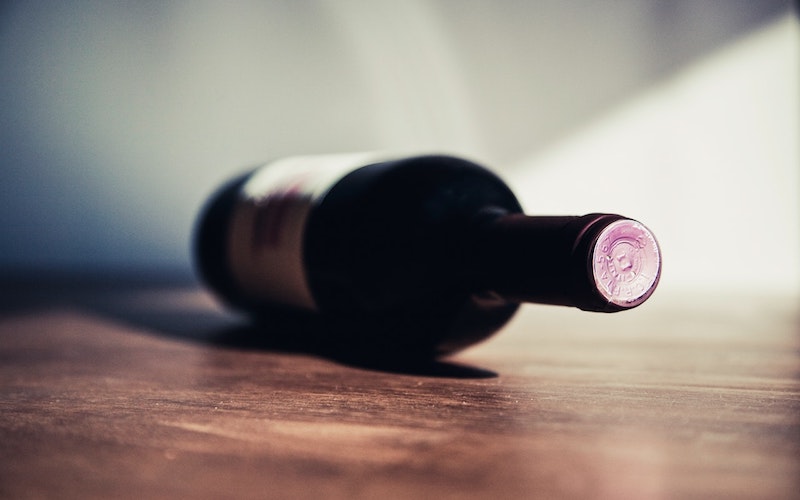Storing and Cellaring Wine
Episode #10 of the course The ultimate beginner’s guide to wine by Paul Kalemkiarian
Welcome to the last lesson of the course!
My goal with this course is to leave you with enough knowledge to be confident in becoming a wine explorer. I’ve nearly accomplished my mission. There’s only one more area to dig into: storage.
Wine books often contain a variety of confusing and dictatorial instructions—requirements that seem so unattainable, it’s tempting to avoid the whole issue, either by keeping only a few bottles on hand or by randomly storing precious selections around your home and hoping for the best. All you need to preserve your bottles is to protect them from the effects of light, heat, and drafts. Wine in bottles lying horizontally in a draft-free (but not airless) reasonably cool, dampish, rather dark place should develop and survive. It is astonishing how well wine can tolerate imperfect surroundings.
Some people go to enormous lengths to build clinically perfect cellars; the rest of us rely on ingenuity. Fortunately, there are reasonably simple ways to safeguard bottles. All you need to do is decide how many bottles you want to store, the area you can devote to storage, and the money you’re prepared to spend.
Cellar
An old fireplace, a wall in the spare room, an unused cupboard… there are all kinds of places that can transform into wine stores by using your imagination and, perhaps, a touch of do-it-yourself.
Light is easy to keep out, insulation can help to maintain a steady temperature, and a damp sponge left on a saucer will provide essential humidity. Don’t make it too airtight—you should avoid your store smelling musty—but drafts are to be prevented too. The temperature to aim for is between 7°-10° C (44°-50°F), or about as cool as you will normally want to drink your white wines.
In general terms, and over a period of several years, the warmer the cellar, the faster your wine will develop (or possibly decay). The ideal is a real cellar, but it is possible to obtain the conditions a purpose-built store would provide by building a cellar (available in kit form) into the floor of your house or buying a thermostatically controlled cabinet.
Racks
Wooden folding and self-assembly racks are inexpensive and readily obtainable. Avoid models that have sharp metal edges because they tend to tear labels as bottles are being inserted or removed.
The ingenious can, given the space, build bin units using wooden shelving or breeze blocks in which several bottles can be stored together. For organization purposes, it is useful to be able to attach cards with numbers or wine names to the rack. If you buy purpose-made racks, note they are not suited to magnums and larger bottles.
Save rack space by leaving any wine or port that has arrived in wooden cases in the cases (important in case you decide to re-sell the wine). By the same token, cheap daily drinking wine can be left in stout cardboard cartons if you are short of rack space, provided the conditions are not too damp.
Order and Cellar Book
Try to establish a pattern for where you store each wine type; you don’t want to be searching for your Sancerre among your red Riojas.
A cellar book is also essential, as is a well-kept plan showing exactly where all the wines have been placed. A good cellar book will remind you of when you bought particular wines and how they tasted last time you opened a bottle. If you do have a real cellar or a reasonably damp store, avoid leaving the book in it—the paper can disintegrate and the ink can run. A Chinagraph pencil and white plastic cards can be useful for this reason. Consider spraying wine labels with scentless hair lacquer to protect them from the damp.
One final point. Your cellar will be worth a certain amount when you start to fill it. With luck, that value will rise over the years. Forgetting to be properly insured would be a pity.
Wow! This has been quite the expedition. Thank you for allowing me to guide you through this journey.
Salud!
PK
Recommended book
Wine Folly: Magnum Edition: The Master Guide by Madeline Puckette, Justin Hammack
Share with friends

